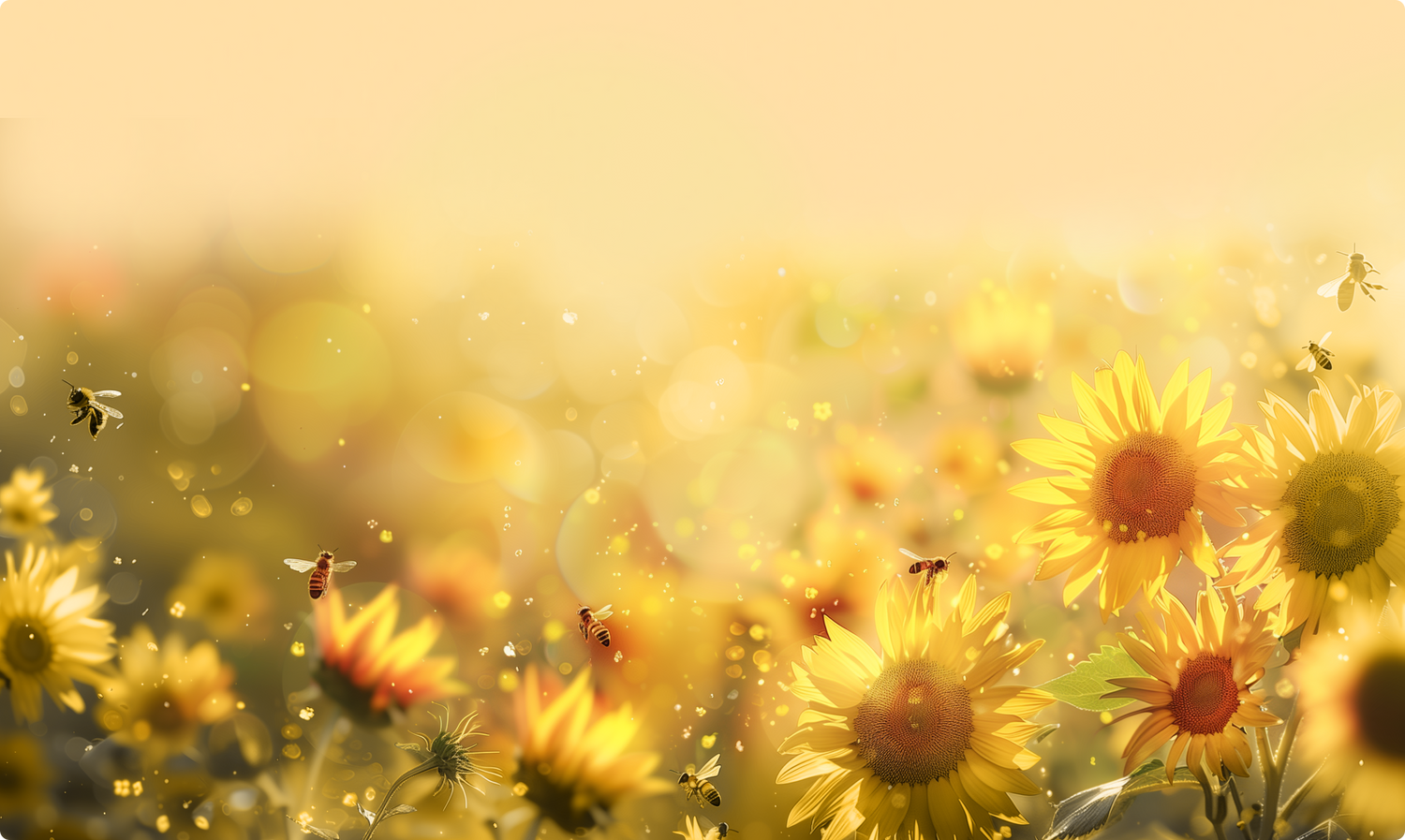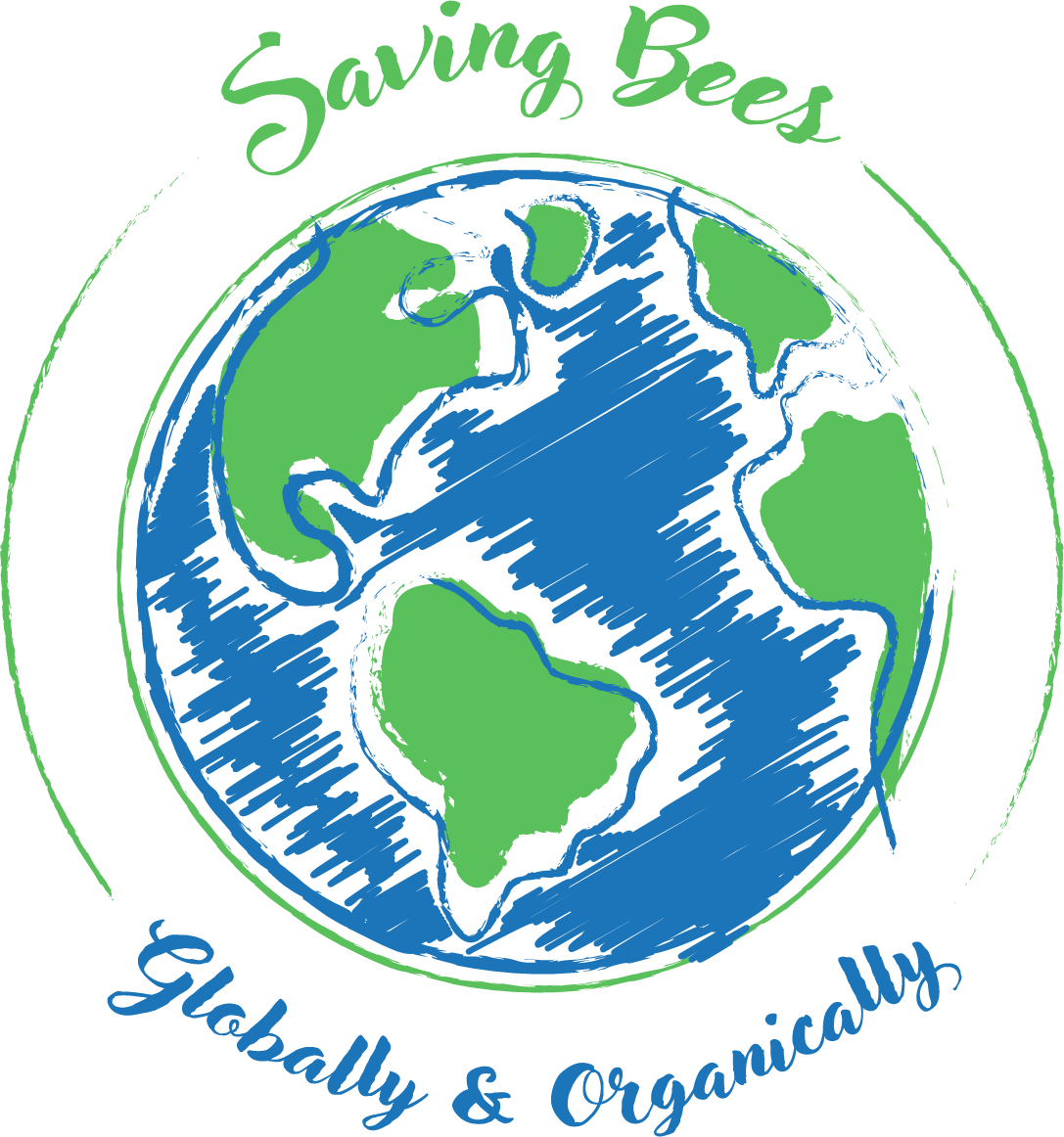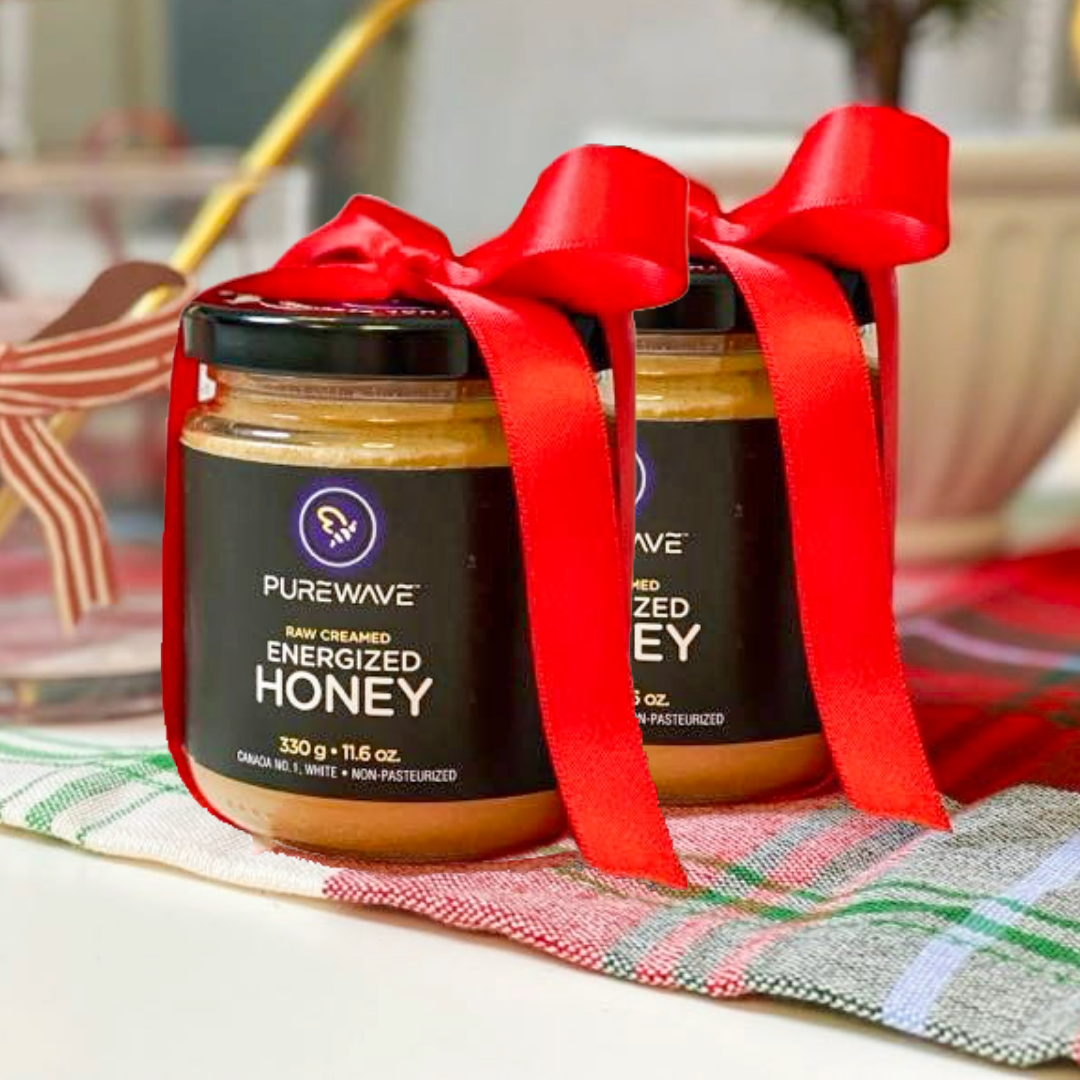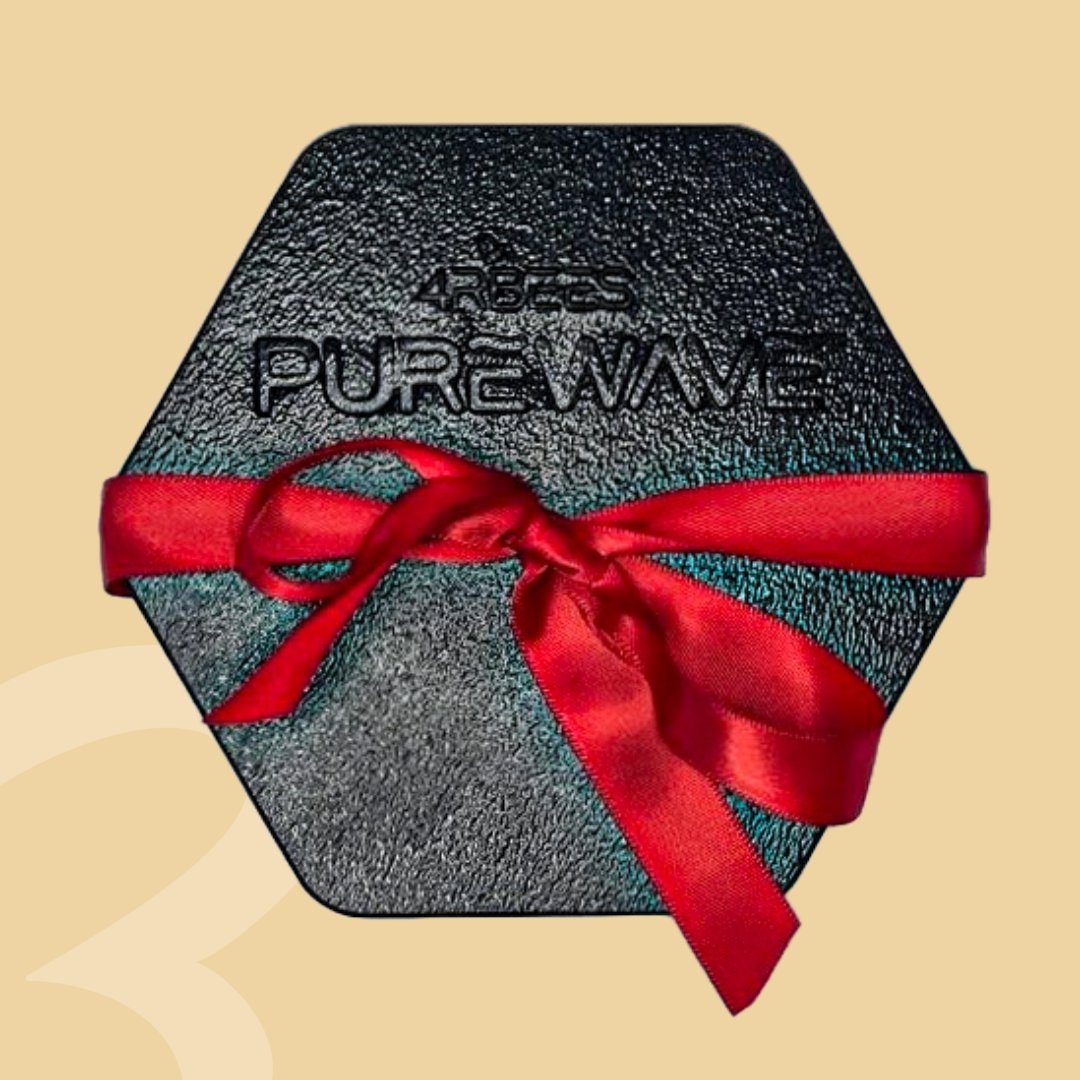
The Dance of the Honey Bee
Share
The Dance of Life
How Bees Communicate, Coordinate, and Inspire Us All
The social behavior of bees is both strict and astonishingly complex—but for good reason. One of the most fascinating aspects of their behavior is how effectively they communicate to a large number of worker bees where to forage for food—often during a narrow window of bloom for certain flowers and plants.
Among all creatures, bees have one of the most precise and elegant communication systems in nature. Their method? A set of carefully choreographed movements known as the bee dances.
The Round Dance
When a scout bee returns to the hive after discovering a new nearby food source, she immediately shares the nectar and pollen samples with fellow workers. This "taste test" lasts less than a minute but allows the others to evaluate the quality of the find.
She then begins the Round Dance—a pattern of circular movements with occasional direction changes. This particular dance doesn’t provide specific directions but tells the colony that food is close to the hive.
The length and energy of the dance indicate how abundant and appealing the source is. A short, subtle dance might lead to minimal interest. A long, enthusiastic one can send a swarm buzzing with anticipation.
After performing the dance a few times, the scout places more nectar on the honeycomb, allowing workers to smell the flower's fragrance. These scent cues—combined with the odor from the scout’s scent glands left on the flowers—help direct others to the new food source.
The Sickle Dance
As nearby flowers fade, scouts transition to a more directional dance—the Sickle Dance. This movement bridges the gap between the simple Round Dance and the more detailed Waggle Dance, indicating that food sources now require more effort to find.
Bees begin performing a curved or figure-eight motion. This tells the colony: pay closer attention—more complex instructions are coming.
The Waggle Dance
The Waggle Dance is the most sophisticated of bee dances. It conveys direction, distance, and effort required to reach a food source.
-
Energy/distance: The number of dance circuits in a given time tells bees how far away the source is.
- 8–9 circuits in 15 seconds = 200 meters
- 4–5 circuits = 1000 meters
- 3 circuits = 2000 meters
-
Direction: The angle of the "waggle run" in relation to gravity (i.e., the direction of the sun) indicates where to fly.
- Waggle straight upward = food in direction of the sun
- Waggle 60° to the left = food 60° left of the sun, and so on
In the darkness of the hive, worker bees also rely on sound cues emitted during the waggle to help decode these directions.
More Than Just a Dance
Though these dances may seem primitive, they're an incredibly efficient form of communication—instinctual, precise, and highly effective. In many ways, these rituals are not unlike human tribal dances: deeply symbolic, purposeful, and rooted in community survival.
Perhaps there’s wisdom in looking at ancient cultural rituals—both human and animal—with new eyes. Bees remind us that movement can be a message, that rhythm can be instruction, and that joy can be purposeful.
So go ahead—dance your way through life with joy, connection, and purpose. And while you’re at it, help us protect the bees and the planet they help sustain.
👉 Support our mission today.
Browse our shop and join the movement to save the bees!




3 comments
This is a road I hope to go down on the near future. I own some raw land with a few acres of pasture on it and I either want to sow something appealing to bees or allow it to grow wild for the same purposes.
Very informative and useful info. Thank you for this
A lovely explanation. You could place Bees in the top tier of the animal kingdom. Small though they are they are Massive in their inspiration b